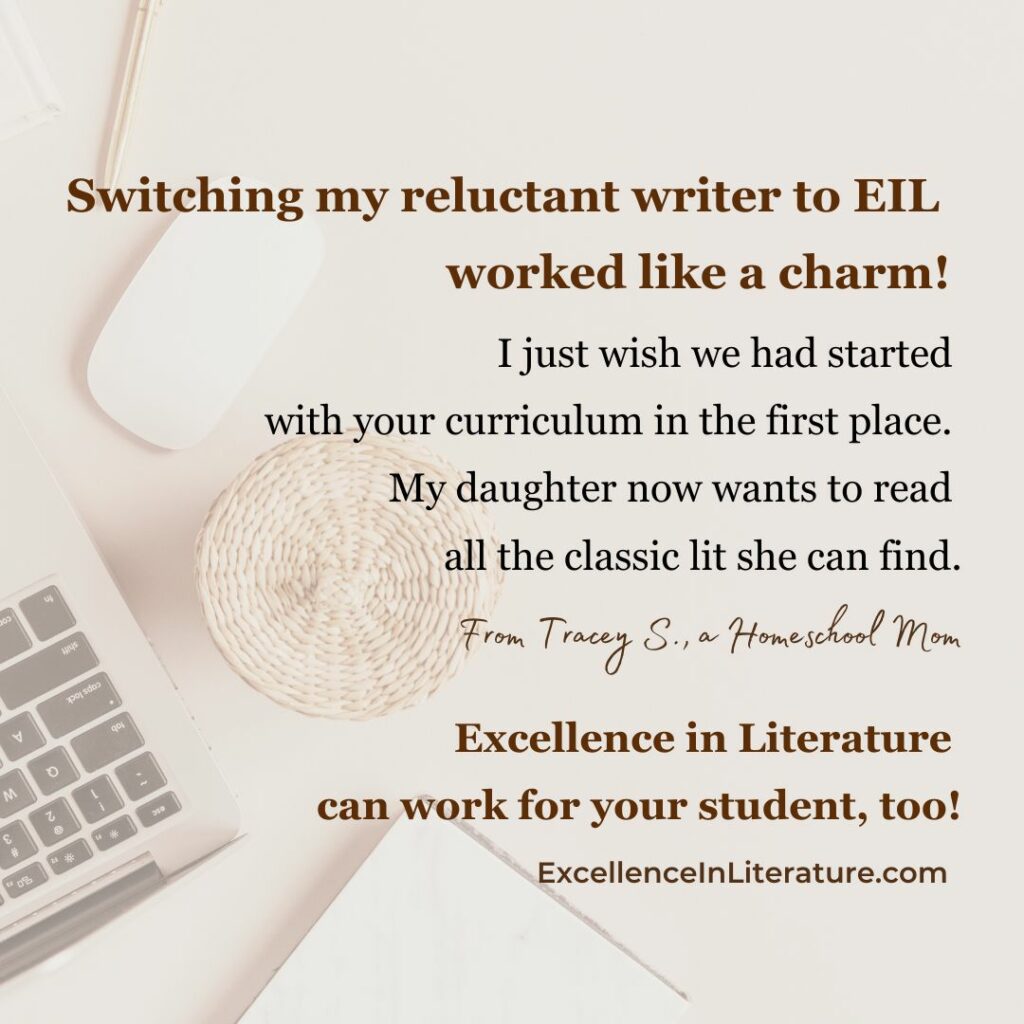Bayeux Tapestry: An Animated Look at History
One of the highlights of our memorable trip to Europe was seeing the Bayeux Tapestry — the story of the 1066 war. I’d just finished reading 1066: The Year of the Conquest by David Haworth (highly recommended), so it was fresh in my mind, and it was interesting to see the differing perspective of this amazing piece of needlework. I was tempted to try to create a miniature version of a few of the scenes, but haven’t yet made it happen.
Although this work is called a tapestry, it’s simply a very long piece of linen — approximately 70 meters — embroidered with the story of the battle. Scene after scene unfolds along the tapestry, and as we walked the length of it, I could picture dozens of women embroidering in the great hall of a castle, each with a section of the battle for her very own.
You can learn more about the tapestry at the Bayeux Museum or at the official site in Britain. Remember that Britain and France were on opposite sides of this battle, so each will tell the story from their own perspective.
The animated version of the Bayeux Tapestry below brings it to life in a fresh way, and is guaranteed to make even small boys enjoy the tapestry!
You can see a panoramic view of the Bayeux Tapestry at the Bibliotheca Augustana website.
Here is a Latin/English guide to the Bayeux Tapestry, with a description of each scene in both Latin and English.
The Medievalists offer an extensive list of resources related to the tapestry and its history.
I’ll be adding this link to one of the British Literature units — perhaps Chaucer’s unit would be most appropriate. Enjoy!
Announcement
SAT Preparation: I’ll be presenting a Beat-the-Clock Essay workshop in Chesterfield, VA. See the announcement below for more information.
Mrs. Campbell will be presenting her “Beat the Clock Essay” Workshop on Fri., Nov 13th 10am – 2pm
For more info on the class visit: www.essayworkshop.com

















The presentation of the tapestry is very well done! I was just reading a biography of J.R.R. Tolkien. He rued that the Norman Conquest led to the corruption of his beloved language, Old English. The philologist didn’t enjoy French cooking or like the French language, either. That was a long time to hold a grudge!
I’m glad you enjoyed it. Tolkien was quite a character, and I think he spent so much time in the medieval world that it probably didn’t seem so long ago after all! I wonder what we’d be eating if the English had come out on top? Boiled mutton and blood pudding? On the whole, while I felt more kinship with Harold than with William (though one of my ancestors was exiled to France and took the opportunity to return with William), I’m rather glad for the tempering effects of French cooking and language!